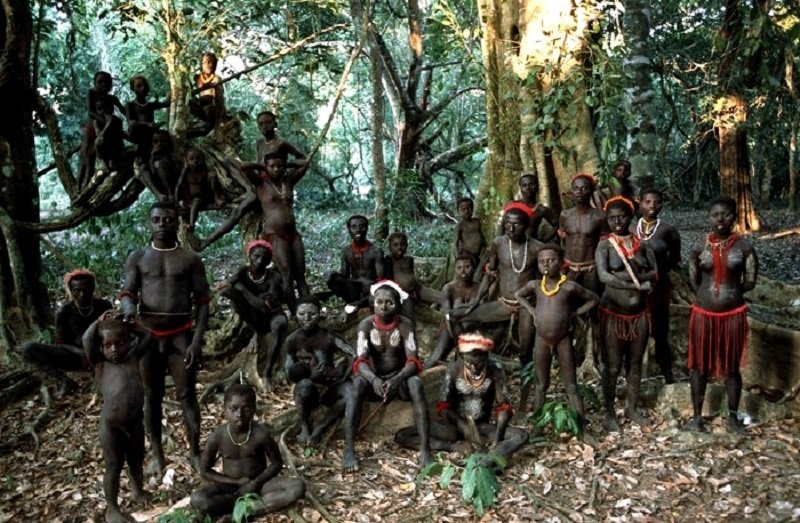
© Theierry FaliseThe Jarawas.
A study published a few days ago in the journal
Nature Genetics has found the presence of a third and a new ancestor to humans — a sibling of the Neanderthal and the Denisovan. The study compared the complete DNA sequences of the Jarawas and the Onges living in the Andaman Islands in the Bay of Bengal with the DNA sequences of Neanderthals and Denisovans, and they found some notable differences in the DNA sequences.
"In this study we have found in the DNA sequence of modern humans, specially in the Jarawa and Onge populations, fragments of DNA that belong neither to the Neanderthal nor the Denisovan nor even to most of the contemporary human groups," says Partha P. Majumder, one of the corresponding authors of the paper and Director of the National Institute of Biomedical Genomics in Kalyani, West Bengal.
"Further statistical analysis of the DNA segments showed that the best explanation of the origin of these DNA fragments is that they belong to an unknown third human ancestor that is already extinct. The unknown human ancestor is like an evolutionary sibling of the Neanderthal and the Denisovan."
A small proportion of DNA from the unknown extinct hominin is found only in the population from South and Southeast Asia while it is absent from Europeans and East Asians. "That there is an ancestor of modern humans that was not discovered earlier is a major finding of our work," he says.
Though the remains of this extinct hominin have not been recovered yet, Dr. Majumder says the genome results provide definitive evidence that
Homo heidelbergensis had given rise to multiple lineages, not just the Neanderthal and the Denisovan. The modern humans, Neanderthals and Denisovans all shared a common ancestor about 600,000 years ago.
Though the traditional approach is find fossils to conclusively prove the presence of a new ancestral lineage, thanks to genomics, scientists are today no longer completely dependent on fossils.
The whole genomes of 60 individuals drawn from a carefully sampled set of diverse ethnic groups of mainland India and 10 Jarawas and Onges were sequenced. In order to make the inferences more robust and enable comparisons, the genome data from other sources — 1000 Genomes study, Great Apes Genome Project, and 69 Genomes project of Complete Genomics — were also used in the joint statistical analysis.
The second major finding by the team was in ascertaining the reasons for the short stature of the Jarawas and Onges, and in finding out if it was because of their direct ancestral relationship to some population in Africa. The researchers identified 107 genes that have evolved under the impact of positive, advantageous natural selection. About 10 per cent (11 of 107) of these genes are involved in the determination of height. "What we found is that the short stature of the Jarawas and Onges is due to natural selection acting on genes that are known to determine height," says Dr. Majumder.

it seems the more one looks, the more one finds.